Making Replicas
We are happy to provide moulding, casting, and modelmaking services. If you have a specimen that is needed for display and you feel it is too vulnerable for the environmental conditions in your galleries, or you have a specimen that is in danger of being overhandled and could be damaged by mishandling, then why not consider having a model or replica made by a trained conservator.
Nigel Larkin trained in a variety of practical disciplines during the five years he spent at the Palaeontology Conservation Unit of the Natural History Museum. This included various techniques of moulding very fragile, awkward, important specimens to make high quality replicas in a variety of materials for display, research, and retail. He continues to provide these replica-making services for the Natural History Museum on a freelance basis, as well as other museums around the country and various TV and film companies. A few examples of his work are illustrated below.
Recent moulding and casting projects:

 Alfred Russel Wallace (1823 - 1913) was a British naturalist, explorer, geographer, anthropologist and biologist.
To commemorate the 150th anniversary of his independent discovery of evolution by natural selection
whilst on the Indonesian island of Gilolo in
1858, the Wallace Fund (administrated by George Beccaloni of the Entomology Department at The Natural History Museum in London)
wished to have around 20 copies made of their 55 cm diameter medallion or plaque featuring a side profile of Wallace's head.
This is the only sculpture of Wallace known to be made of him whilst he was still alive. This plaque is almost 100 years old
so was very fragile and slightly damaged (a photo of the original is on the left). It required very careful cleaning and repair and also extensive protection from the moulding process
before the moulding could commence. The 20-odd plaques were made in a durable cold-cast bronze resin (see photo on the right) and were sent as far afield as Indonesia, Singapore, Canada and Brazil.
Alfred Russel Wallace (1823 - 1913) was a British naturalist, explorer, geographer, anthropologist and biologist.
To commemorate the 150th anniversary of his independent discovery of evolution by natural selection
whilst on the Indonesian island of Gilolo in
1858, the Wallace Fund (administrated by George Beccaloni of the Entomology Department at The Natural History Museum in London)
wished to have around 20 copies made of their 55 cm diameter medallion or plaque featuring a side profile of Wallace's head.
This is the only sculpture of Wallace known to be made of him whilst he was still alive. This plaque is almost 100 years old
so was very fragile and slightly damaged (a photo of the original is on the left). It required very careful cleaning and repair and also extensive protection from the moulding process
before the moulding could commence. The 20-odd plaques were made in a durable cold-cast bronze resin (see photo on the right) and were sent as far afield as Indonesia, Singapore, Canada and Brazil.
For more information about the project see:
http://wallacefund.info/commemorative-wallace-plaques-world
Exeter Royal Albert Memorial Museum asked for a mould to be taken of their very old and precious
plaster cast of the Berlin Archaeopterx (one of the most impostant and well-known fossils in the world). From this they required two casts
to be made and painted to match the original. One was for open display and needed to be touched.
See if you can spot the original...

This beautifull fossil ichthyosaur skeleton, collected from Eastern Europe over a hundred years ago, is nearly six foot long and is almost 100% complete.
It has recently been cleaned and conserved by professional conservators at Natural-History-Conservation.com for a private collector.

This rare Stellar Sea Cow skull (about 75cm long), quite a complex and fragile specimen, required moulding so that a cast could be made.
This work was undertaken for the Natural History Museum in London:


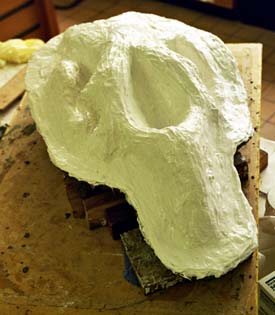
This Bronze Age two-part bronze mould of a socketed axe head (below, left) was found in Norfolk. The Curator of Archaeology at Norwich Castle Museum
required a replica of the axe that would have been made by this mould. Pouring molten bronze into the specimen would have damaged it, so a detailed
soft silicone cast of the internal shape of the mould was made. Then, moulds were taken of this rubber replica and finally a hard resin cast was made that was
identical to the original bronze axe that would have been cast from the original mould (below, to the right of the bronze mould). It could now be studied, photographed and handled:
The Happisburgh handaxe (below, middle) is an iconic specimen. The first handaxe to be discovered in the Cromer Forest Bed, it is dated at over half a million years old -
making it one of the oldest handaxes to be found this side of the Alps and the Pyrennees. We carefully took a mould of the flint specimen and made
casts for various museums
Norwich Castle Museum was once a prison and some notorious inmates were hanged there. At the time, phrenology was popular and some 'death masks'
(below, right)
were made of the hanged prisoner's faces.
The museum has several of these in its collection, and we were asked to mould six of them and produce casts for display:


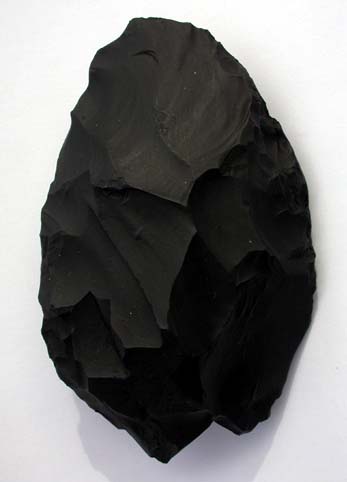

Pathologically deformed bones from a C19th workhouse: A full set of lower leg bones of an unfortunate individual who had both his legs broken very badly in an accident. He survived long enough for the bones to re-knit, though badly offset, and the bones of the right leg developed an infection bad enough to produce massive deformities. A mould was taken with high definition, high stretch-to-tear-ratio, silicone rubber and the cast was made of acrylic Jesmonite resin, painted with acrylic paints. These were made with protruding bolts on the rear side of the casts to allow them to be attached vertically in a display case.

Ichthyosaur: Made for a museum in Norway, this thee-foot long colourful ichthyosaur was made by taking a mould from an existing model at The Natural History Museum, London, casting it in acrylic resin, and painting it to required specifications.
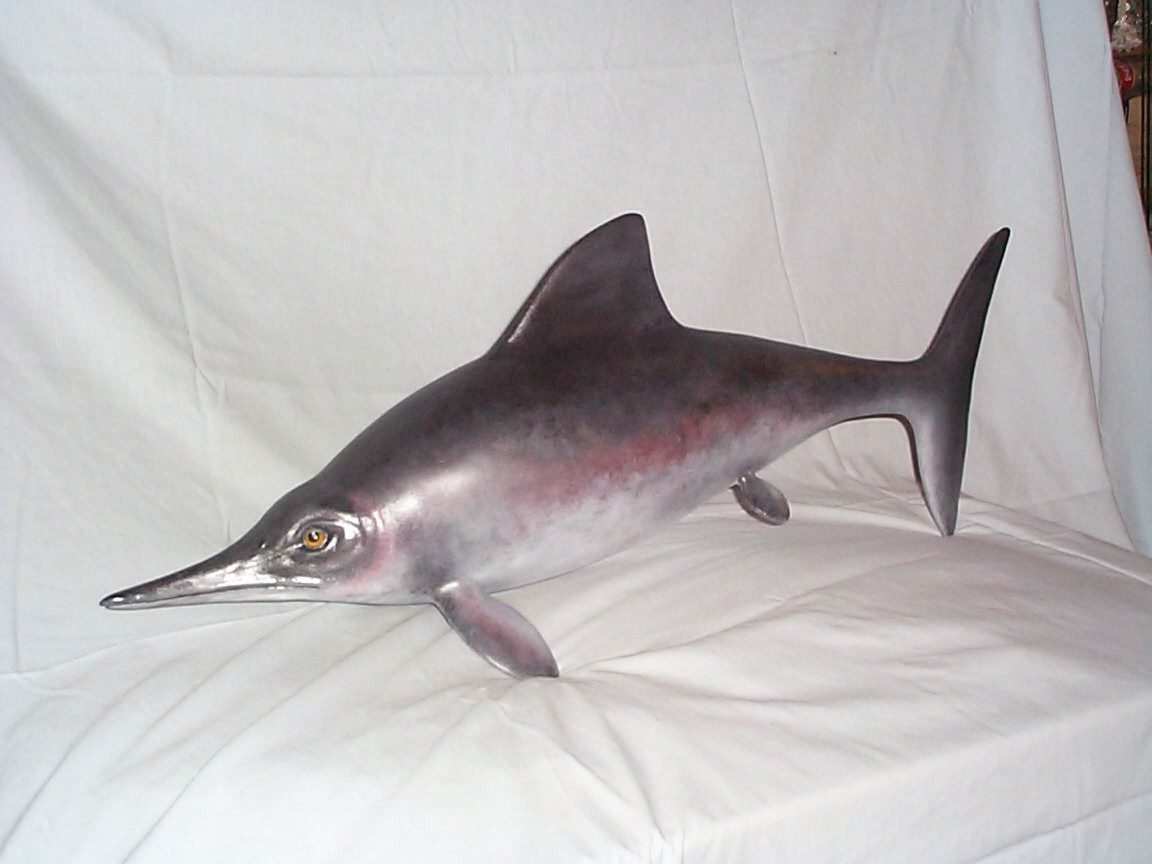
Eugene Sandow: This is a life-size free-standing polyester resin and glass fibre model of the famous Victorian body-builder made for an American Museum.


A small hypsilophodon skeleton was moulded, and the casts mounted on to a lightweight metal frame:

The ' Broken Hill' skull (Homo heidelbergensis), cast in bronze and set on mahogany plaque. For the
Natural History Museum in London, from their mould:

The famous Laetoli trackway. Several casts were produced of this for the
Natural History Museum in London, from their mould:
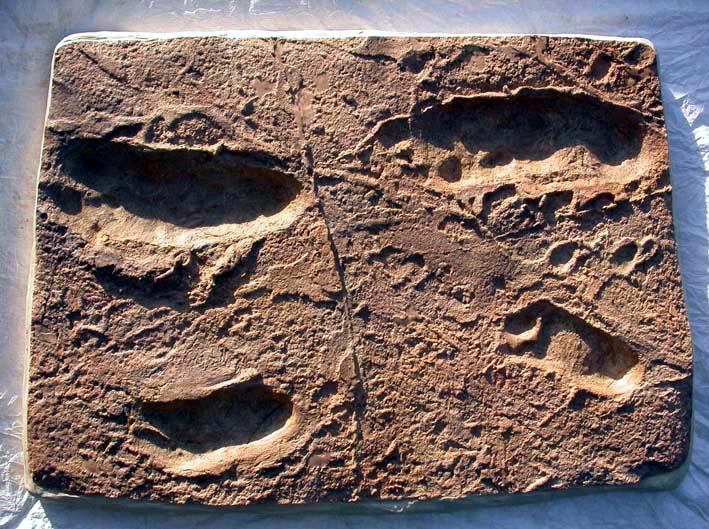
The resin cast of a skull and mandible of a juvenile iguanadon dinosaur.
The skull required a complex nine-part mould to be made. For the
Natural History Museum in London:
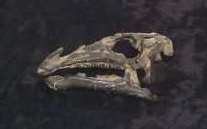
Casts of the tibia of a mammoth (the West Runton Mammoth) for Norwich Castle Museum:


Fossil walrus jaw and its replica, made for Norwich Castle Museum:

Replicas made of small Anglo-Saxon and Viking gold and bronze specimens
for Norwich Castle Museum:

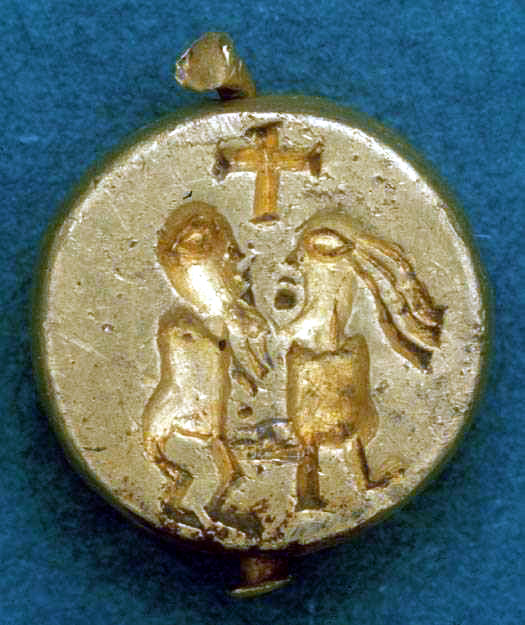




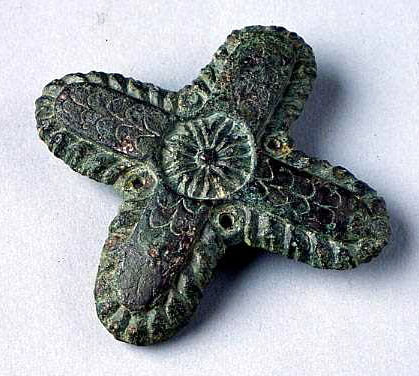

For more details about what we can do for you, or for a quote, please contact:
enquiries@natural-history-conservation.com
We are members of the United Kingdom Institute for Conservation of Historic and Artistic Works